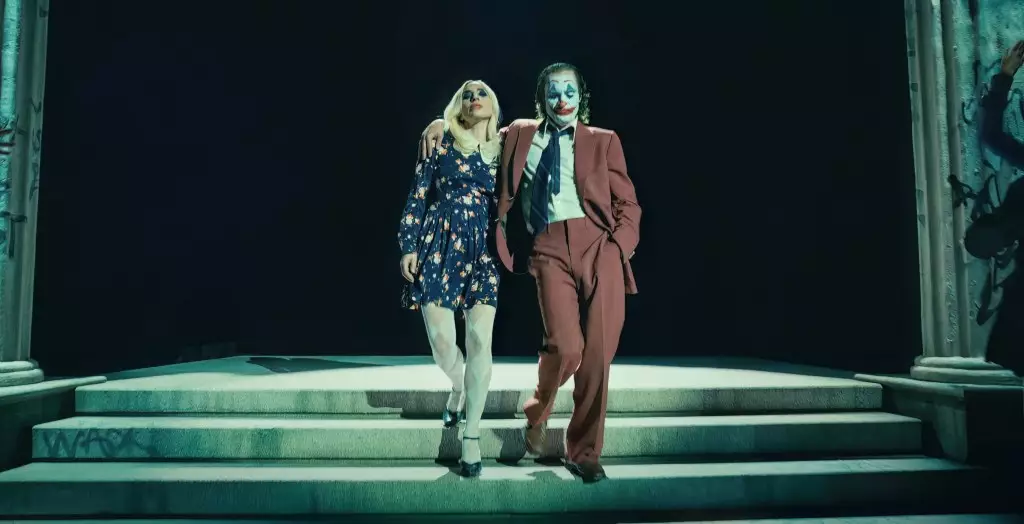The release of “Joker: Folie à Deux,” the sequel to the highly acclaimed 2019 film, has stirred up a whirlwind of critique, most notably from within its own ranks. Tim Dillon, a comedian and actor with a minor role in the new film, openly condemned it as “the worst film ever made.” His candid reflections, shared during an appearance on The Joe Rogan Experience, raise substantial concerns about the film’s artistic direction and narrative coherence. Dillon’s remarks highlight a growing discontent among audiences and critics alike, igniting debates on the responsibility of filmmakers in shaping cultural narratives.
Changing Directions: Aftermath of the First Film
The original “Joker” struck a chord with millions, achieving unprecedented commercial success and even earning Academy Awards. However, as Dillon points out, this acclaim was not without backlash. The film was scrutinized for allegedly promoting toxic masculinity and nihilistic ideologies. Dillon suggests that Hollywood, in response to this critique, attempted to pivot drastically with the sequel, incorporating musical elements with stars like Joaquin Phoenix and Lady Gaga. This shift, characterized by its peculiar blend of somber themes and light-hearted musical numbers, raises questions about the sanity of the creative decisions behind the film.
Dillon further critiques the film for its apparent lack of a coherent plot. According to him, the production team was left in confusion, questioning the logic behind the storyline. The elements of romance and madness do not seem to coalesce effectively, leading to a narrative that Dillon and his colleagues labeled as insipid. The implications of this critique extend beyond mere opinion; they reflect a fundamental concern regarding the storytelling capabilities of contemporary cinema. When a film struggles to maintain a viable narrative, it risks losing the very essence of cinematic engagement.
While the original “Joker” surpassed the $1 billion mark at the box office, “Folie à Deux” appears to falter, having grossed only $204 million globally, thus prompting further inquiry into the audience’s reception. The diminished financial returns indicate a possible diversion in audience expectations or a rejection of the film’s new artistic vision. In contrast to vocal detractors, figures like Quentin Tarantino and Hideo Kojima have offered their support, suggesting that its unconventional approach might lead to a cult following in years to come. This dichotomy reflects the complexity of audience reactions, where individual perspectives can vary significantly.
The crux of the discussion around “Joker: Folie à Deux” lies in whether it serves as a meaningful commentary on society or devolves into mere artistic experimentation void of substance. Tarantino’s defense and Dillon’s critique exemplify this tension within the film community, forcing audiences and critics alike to confront their biases and preferences. As we navigate through the profound implications of cinematic art, it becomes evident that the conversation surrounding this sequel is as complex and multifaceted as the themes it attempts to explore.
“Joker: Folie à Deux” stands as a testament to the divisive power of film. Whether it will be remembered as an artistic failure or a misunderstood gem is yet to be determined, but the dialogues it incites will certainly persist for years to come.

Leave a Reply